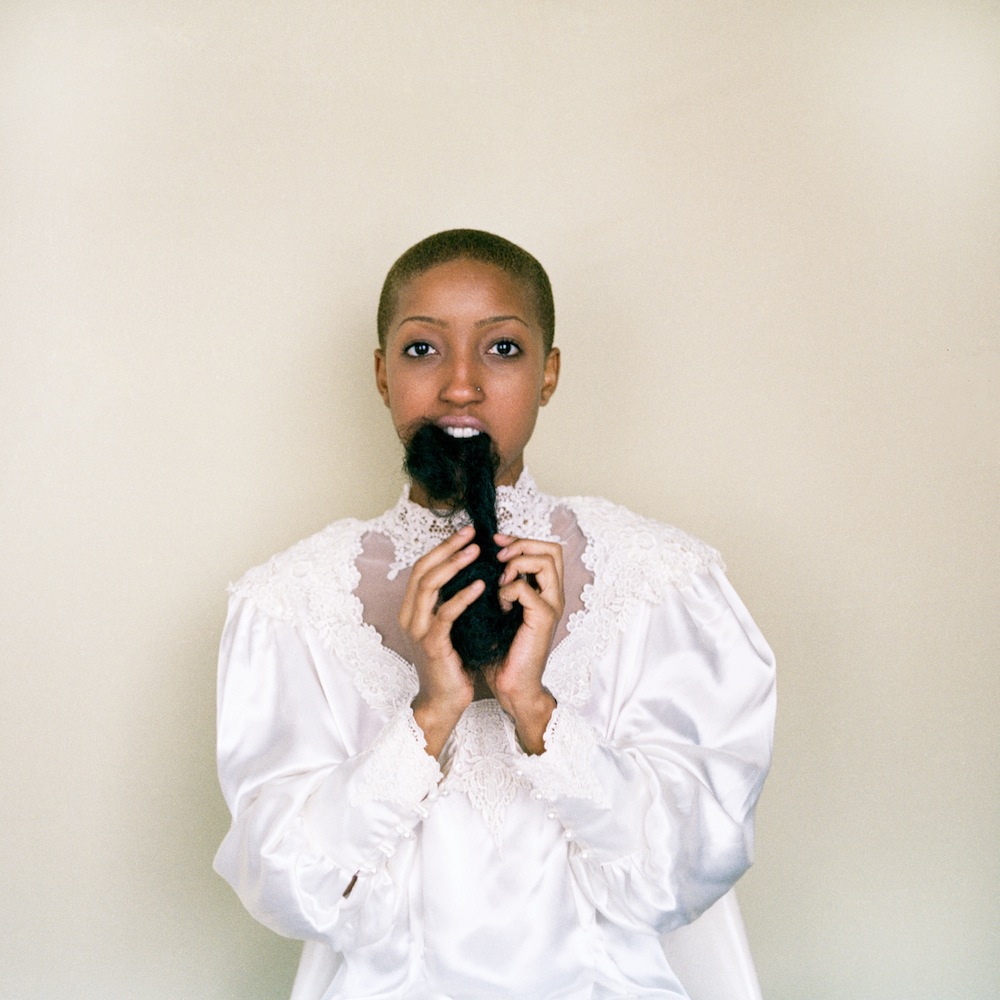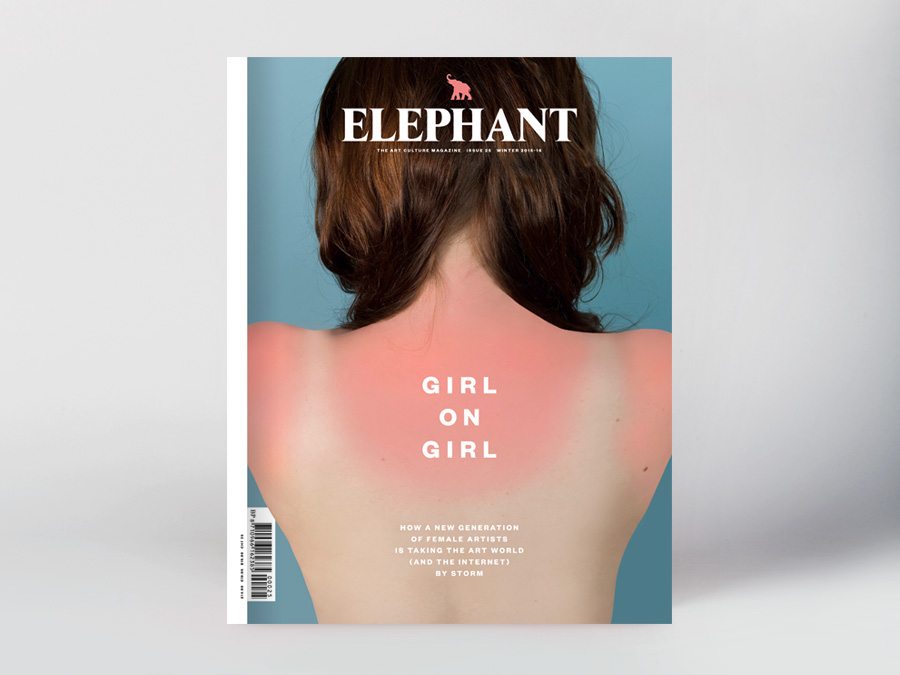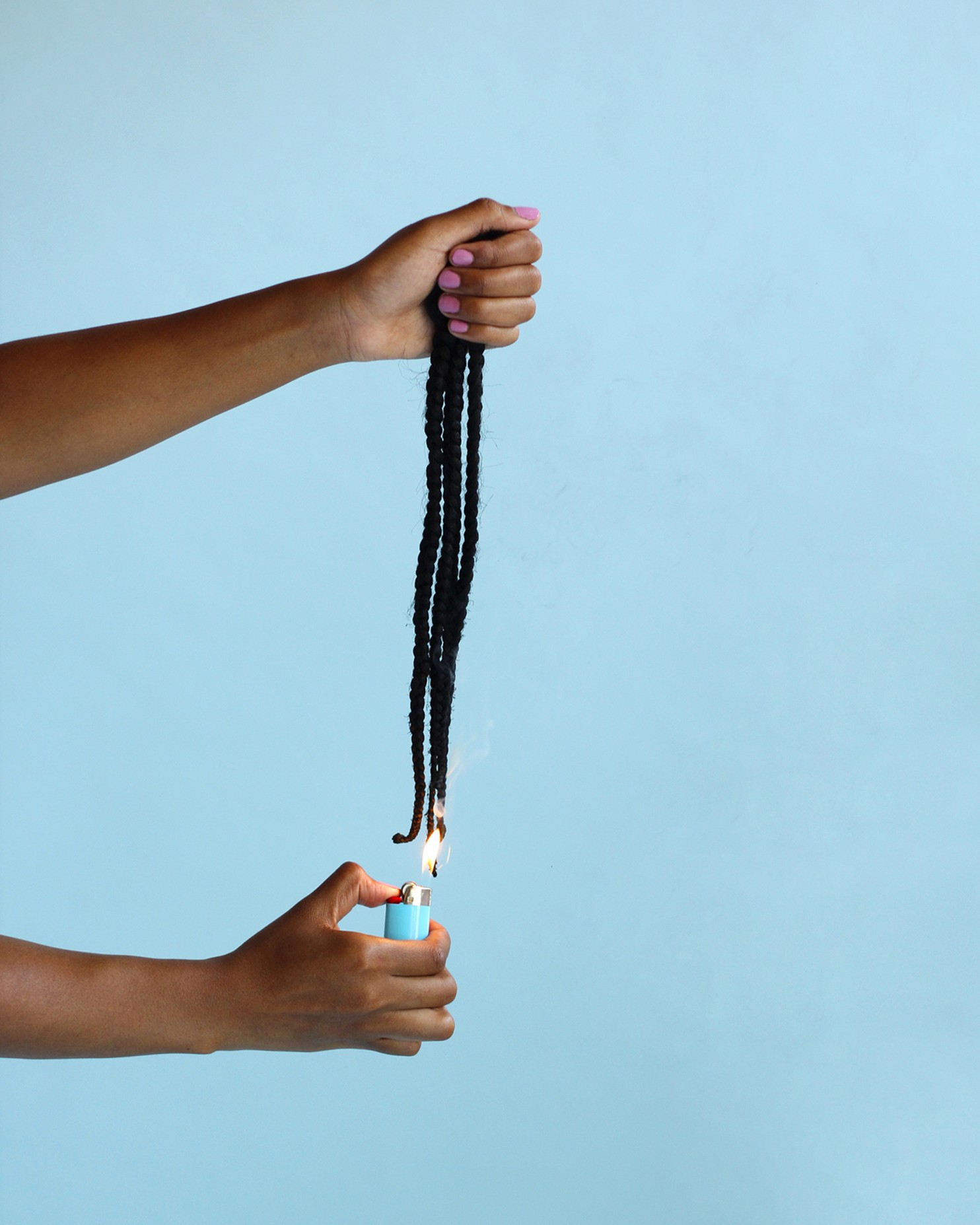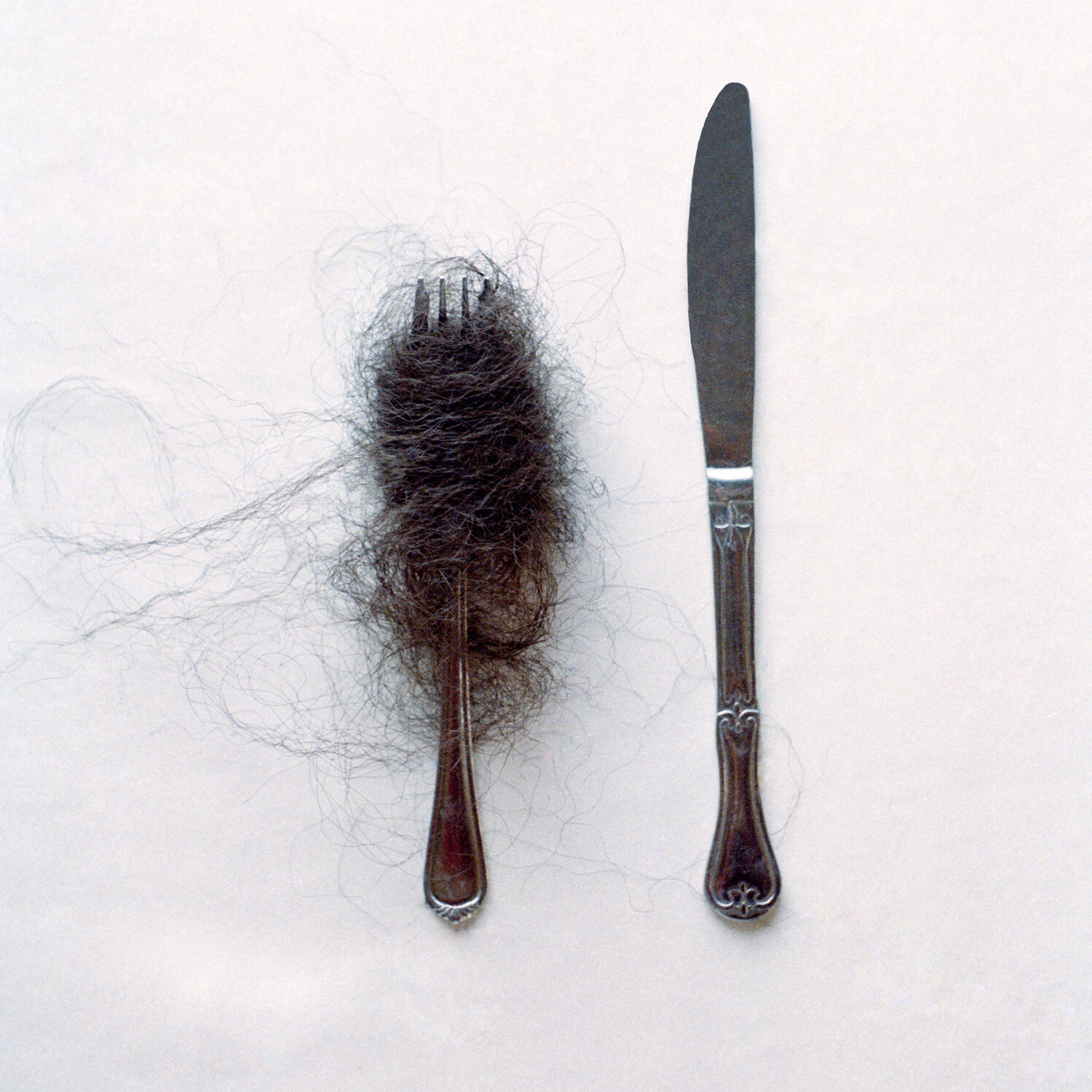
Nakeya Brown’s work perfectly illustrates how young women are taking the social signs and symbols of femininity and reinventing them for themselves. The way we struggle with our hair as women is a direct consequence of the cultural messages we receive from childhood. It is a struggle to conform. To read Brown’s images, perhaps it is useful to not think of them dualistically: they are are both a celebration and an accusation.
This feature originally appeared in Issue 25.
What is it about hair?
Women’s bodies are experienced in shared ways and women’s bodies are scrutinized in shared ways. I was really interested in exploring this sharing of social experiences, both positive and negative. Wearing my own hair natural and giving birth to my daughter spurred me to reflect on the ways in which her experiences with her hair may or may not parallel mine. That brought my photo work to contextualize hair from the standpoint of a black girl/woman. So much is packed into hair, which makes it a viable site for resistance. It’s regulated along so many gazes. Whether a woman is choosing to grow hair on her underarms and legs to reject patriarchal standards or she is loc’ing her hair to reject Eurocentric standards, there’s agency in connecting our own body to our protest.
Hair becomes a site for the expression of personal and political control.
It gets complicated when you start to think about all the ways in which we encode hair. It’s quite layered. You start to realize that hair is hardly just hair, and a conversation about hair can evolve into a discussion about body image, self-care, womanhood, girlhood, popular culture, feminism, the black psyche and so on.
It’s really important to acknowledge the role memory and history play within my works. In Hair Stories Untold, I’m utilizing historic objects such as the hot comb and hair pomade. These objects have a long-standing place within the lives of some African-American people. It’s also about the process or implied process depicted within the images that call upon memory. Coming to this work with a collection of memo – ries similar to what’s being revealed within the photographs is a part of the power restructure.

This feature originally appeared in Issue 25










